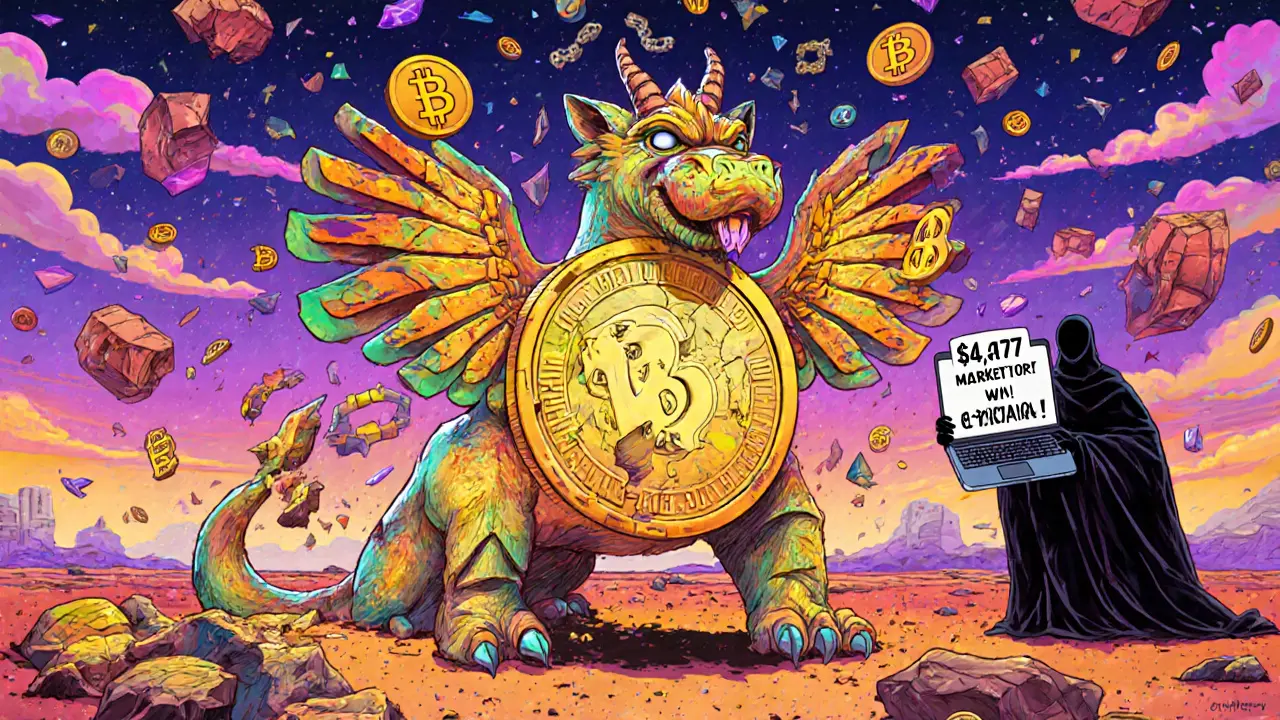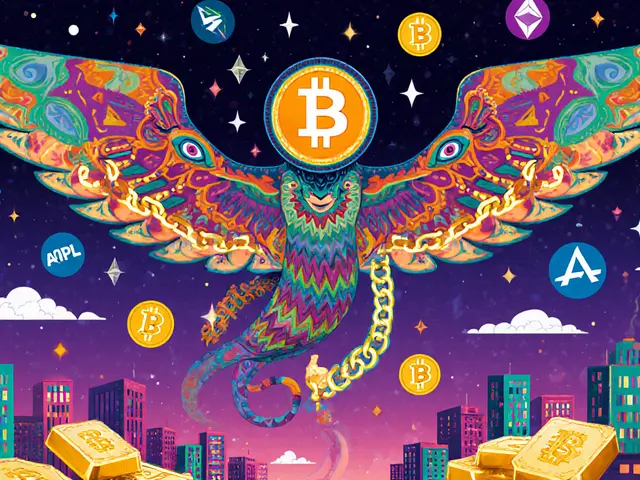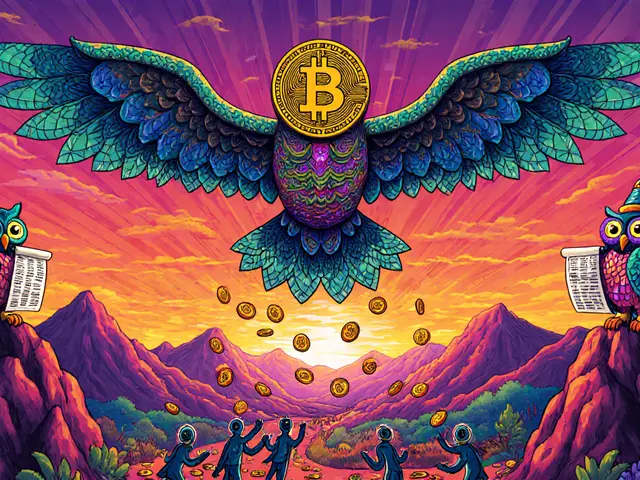BSC Token: What They Are, Why They Fail, and How to Spot the Real Ones
When you hear BSC token, a digital asset built on the Binance Smart Chain that enables fast, low-cost transactions and decentralized finance applications. Also known as Binance Smart Chain token, it's one of the most popular ways to launch new crypto projects — but also one of the most dangerous. Thousands of BSC tokens have popped up since 2020, each promising big rewards, automatic rewards, or the next big meme. But over 90% of them disappear within months — no team, no updates, no liquidity. You’re not alone if you’ve lost money chasing one.
Most BSC tokens are either meme coins, tokens created for hype with no real utility, often tied to internet culture or viral trends like HUSKY or OBVIOUS COIN, or reflection tokens, tokens that redistribute fees to holders, but often drain liquidity and trap investors like EVERETH. These aren’t investments — they’re gambling with code. The Binance Smart Chain makes it cheap and easy to create them, which is why so many have no code audit, no team, and no roadmap. You’re buying a promise written in a whitepaper no one reads.
Real BSC tokens? They’re rare. They have active development, public teams, real trading volume, and clear use cases — like KILO on KiloEx, which powers a live derivatives platform. Or BSL, the token behind BSClaunch — now dead, but once a working launchpad. The difference? One tried to build something. The other just printed tokens and ran. The market is flooded with ghost tokens. You need to look past the APY numbers and ask: Who’s behind this? Are they doxxed? Is the liquidity locked? Has anyone traded it in the last week?
If you’re chasing BSC tokens, treat them like fire. They can light up your portfolio — or burn it down. The posts below show you exactly how they work, who got scammed, which ones vanished overnight, and what to check before you click "Buy." You’ll see real examples of tokens that promised the moon and delivered nothing. You’ll also find the few that still have legs. No fluff. Just what’s real, what’s fake, and how to tell them apart before you send your crypto.









